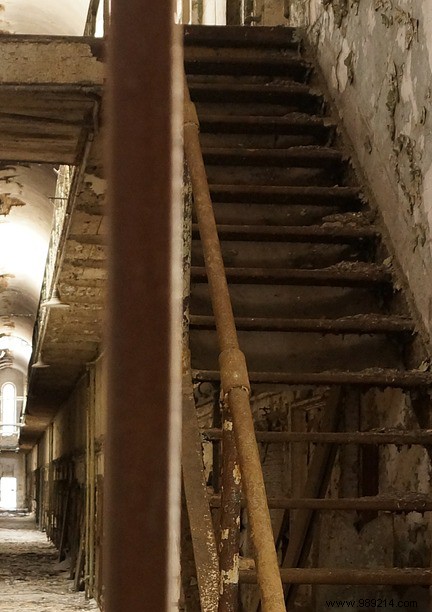
For your DIY work or to serve your new mezzanine, you may need a miller's ladder . Practical and compact, it is also easy to manufacture, provided you take the necessary measurements.
A sucker's ladder is a very simple ladder. It is often made with a species of wood with a straight grain, with very few knots and with tight grains such as fir, oak, beech, ash and maple. In this way, it can be painted, varnished or glazed easily.
Such a ladder has two stringers, which can each be lined with a rack attached to their internal face. This is also a support for installing the steps. It is possible to leave such a staircase as it is or to add a banister or a handrail to it in order to optimize user safety and prevent falls.
Even if the sucker's ladder seems simple, it is important to respect the dimensions so that it is safe on the descent while remaining comfortable and easy to climb. To do this, it is important that the slope is reasonable. It is calculated according to the depth of the step or the tread and taking into account the height of the steps. But first of all, you have to define the number of steps to create.
To achieve this result, simply measure the height to be reached and divide it by a number between 14 and 18 cm, until you obtain an exact figure. This 14-18 interval is the ideal in terms of height between two successive steps.

As for the tread, it must be at least 20 cm so that the foot can be placed safely. It is also important not to neglect the size of the ladder, especially in small rooms, as well as the dimensions of the escapement and the hopper. For example, if the surface allows it, a sucker's ladder can have a slope of 60° for a step height of 15 cm and a tread of 22 cm. A ladder with an inclination of 50° for 20 cm of run and a spacing of 16 cm between the steps is also possible.
First of all, it is important to trace the different locations of the stringer and the rack. They must be perfectly parallel. Screwed into dowels sealed to the wall, the rack must be placed so that the steps are also horizontal.
Using a spirit level is the only way to achieve such results. Then, each stringer will be fixed at the base on a cleat nailed to the ground. While in height, it is maintained by another cleat firmly screwed or nailed in a beam. The steps are put in place one after the other. They are fixed with glue and then screwed on afterwards. To hide the screws, it is important to pre-drill the stringers, countersink the holes and hide everything with plastic covers. If it is necessary to add a ramp, it is fixed on the thickness of the silt, by mortise or by tenon.